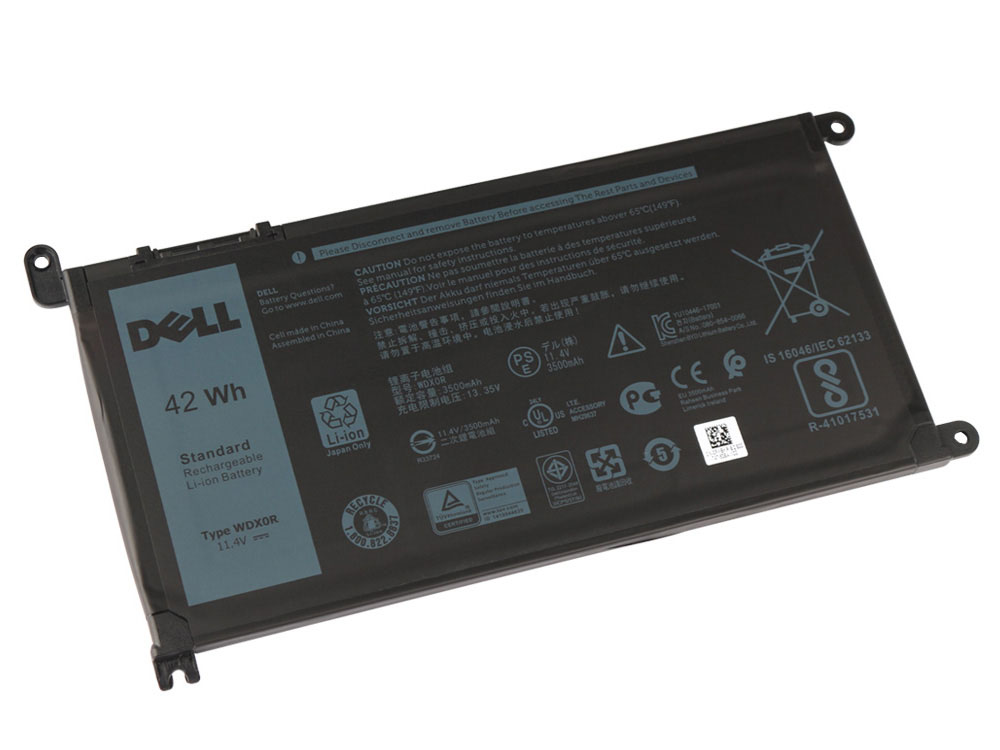
Look under the “Battery” category for the “Critical battery action” and “Critical battery level” options. To find these options, head to Control Panel > Hardware and Sound > Power Options > Change plan settings > Change advanced power settings. Go into your computer’s power management settings and set it to automatically hibernate at 5% battery.You’re free to use your computer normally while it’s plugged in, but be sure it doesn’t get too hot. This will ensure that the battery is cool and not still hot from the charging process. Let the battery rest for at least two hours, leaving the computer plugged in.Charge your laptop’s battery to full-that’s 100%.While it’s a good idea to use any included utilities or just follow instructions specific to your laptop, you can also perform battery calibration without any specialized tools. The calibration process essentially runs the battery through a full discharge and recharge cycle. However, there’s no harm to performing a calibration, even if the manufacturer says it isn’t necessary. Some manufacturers may even say this isn’t necessary on their hardware (like Apple). Each manufacturer may recommend a slightly different calibration procedure or tool to ensure your laptop’s battery is properly calibrated. You should also look at your laptop’s manual or help files. Check your laptop manufacturer’s website for information on using any utilities they provide. These tools will usually just make sure your laptop has a full battery, disable power management settings, and allow the battery to run to empty so the battery’s internal circuitry can get an idea of how long the battery lasts. Some laptop manufacturers include utilities that will calibrate the battery for you. The battery’s power meter will see how long the battery actually lasts and get a much more accurate idea of how much capacity the battery has left. Recalibrating your battery is simple: just let the battery run from 100% capacity straight down to almost dead, and then charging it back to full.

Check your device manufacturer’s documentation to learn whether battery calibration is necessary on your device or not. For example, Apple recommends battery calibration for older Macs with user-replaceable batteries, but says it’s not required for modern portable Macs with built-in batteries. Some modern devices may not require battery calibration at all. When this happens, it’s definitely time to calibrate the battery. However, if you don’t calibrate your battery regularly, you may eventually find your laptop suddenly dying on you when you’re using it-without any prior warnings. If you see a reading of less than 11.8 volts, the battery is weak and needs recharging or replacement.In reality, you likely don’t have to do this that often if you’re not too worried about your laptop’s battery readings being completely precise. A good battery should have a voltage of 12.5 volts. If everything is fine, use a voltmeter to check the battery voltage. You can start by checking the battery for cracks or bulging sides. An empty battery can cause you to be stranded in dangerous places. It is important to check the battery voltage occasionally. Apply some Vaseline or grease to the poles before closing the cover to prevent corrosion. Replace the terminals, starting with the positive terminals.

Make sure that the battery does not rock sideways. Place the cleaned battery on the battery compartment and screw it in place. Repeat the procedure with the connectors.Ĭheck the battery carrier for signs of corrosion and make sure there are no mixing screws. Pour the ingredients into a container and wash the top and side of the battery with the soft brush. All you need is some baking soda, water and a soft brush. If the battery has cracks, you must replace it.īefore you put the battery back in the battery carrier, you must clean it. Next, inspect the battery terminals and look at the insulation. Doming of the battery is the result of overcharging. Place the battery on a flat surface and check that no bulge has formed on the surface of the battery.


To do this, you must first disconnect the battery terminals and then remove the battery from the car. A physical examination of the car battery is essential to detect any cracks.


 0 kommentar(er)
0 kommentar(er)
